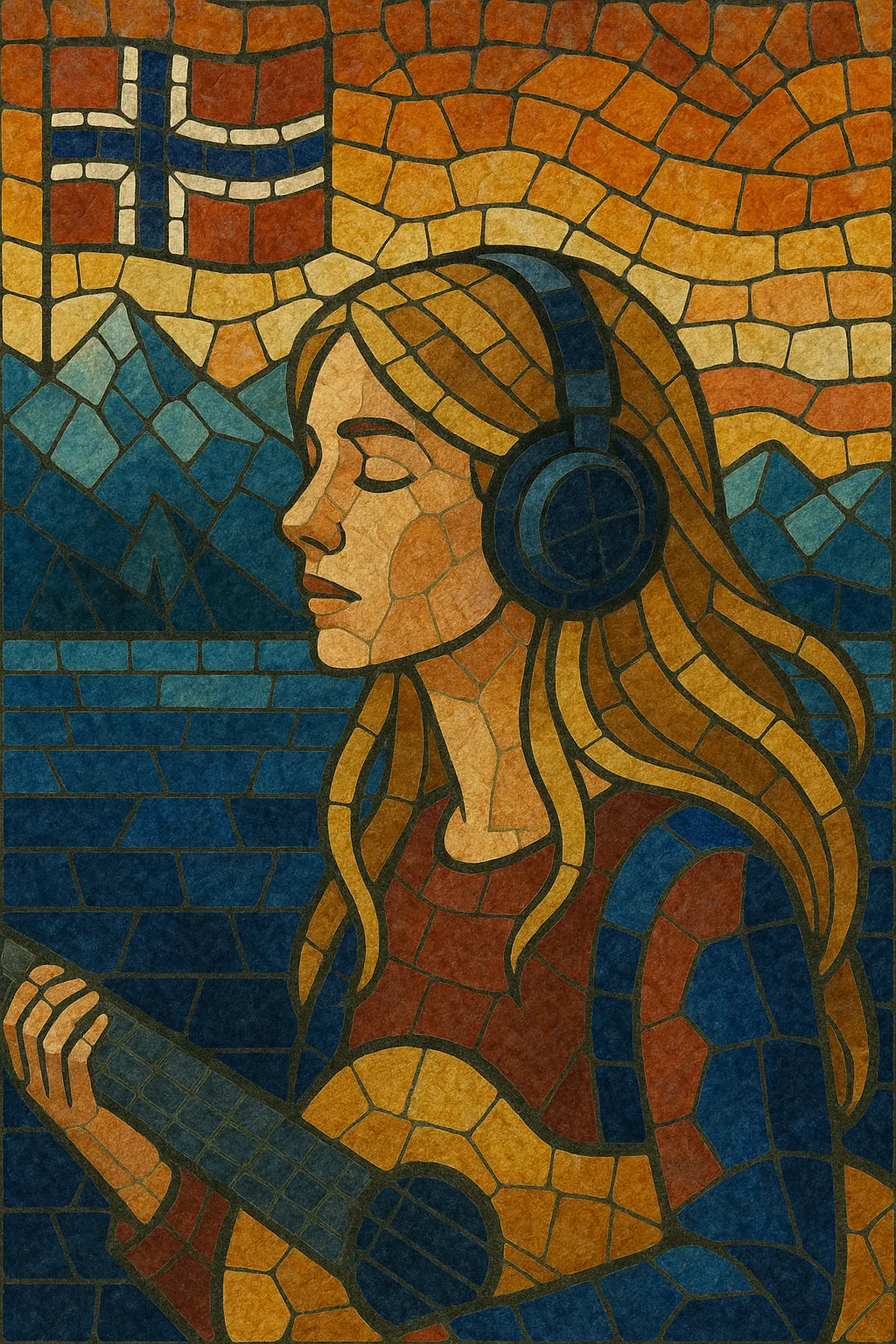Norwegian pop is the mainstream and indie-oriented pop music made in Norway, characterized by sleek production, strong melodies, and a distinctive blend of Scandinavian clarity with a touch of melancholy.
It often balances bright, radio-ready hooks with introspective lyrics, and alternates between acoustic pop, synth-driven styles, and electronic crossover. English-language vocals are common for export, but Norwegian-language hits remain central at home.
Since the 1980s global breakthrough of a-ha, Norwegian pop has been known for pristine sound design, memorable choruses, and emotionally resonant songwriting that can feel both cool and intimate.
Norwegian pop took shape in the 1960s as domestic beat and pop acts responded to British and American trends, developing local songwriting and studio practices. Through the 1970s, radio-friendly pop and singer‑songwriter traditions grew, with domestic language hits coexisting alongside English-language releases aimed at export.
The 1980s put Norway on the pop map. a‑ha’s Take On Me (1985) and its iconic synth-pop production and video made Norwegian pop globally recognizable. Eurovision also played a role in visibility: Bobbysocks! won in 1985, reinforcing the country’s melodic, polished pop identity.
In the late 1990s and early 2000s, Norwegian pop broadened: Lene Marlin, M2M, and Maria Mena delivered melodic, guitar‑ and piano‑led pop that traveled internationally. Electronic and indie scenes intertwined with pop (e.g., Röyksopp’s collaborations), encouraging a studio culture of topline writing, clean sound design, and hybrid acoustic/electronic arrangements.
The 2010s brought a new wave: Sigrid, AURORA, Astrid S, Dagny, and Annie carried forward a crisp, hook‑first approach with Scandinavian melancholic undertones. Kygo’s trop‑house/pop crossover further cemented Norway’s pop production reputation. Festivals (e.g., by:Larm) and writing camps fostered international co‑writes, while artists toggled between Norwegian and English to address both local and global audiences.
Across eras, Norwegian pop pairs luminous, high‑fidelity production with strong toplines, favors emotive yet restrained vocal delivery, and often leans into bittersweet lyric themes—resulting in pop that feels both immediate and reflective.


